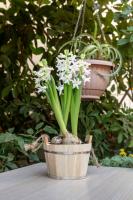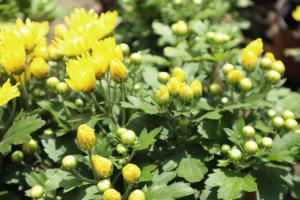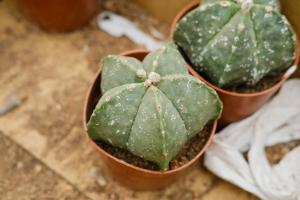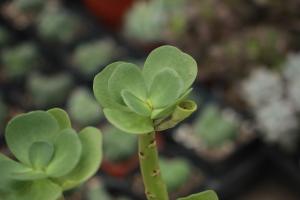Introduction
Plants are an essential part of our ecosystem and provide us with food, oxygen, and many other benefits. One of the most crucial parts of a plant is its ability to produce seeds, which allows for the continuation of the species. In this article, we will discuss what part of the plant makes seeds, the process of seed production, and its significance for plant growth.
What part of the plant makes seeds?
Seeds are produced by the reproductive organs of a plant, which are primarily found in the flowers. The female reproductive structure of a flower is called the pistil and consists of three parts: the stigma, style, and ovary. The ovary contains one or more ovules, which are the precursors to seeds.
When pollen from the male reproductive structure, the stamen, lands on the stigma, it begins to grow down the style towards the ovary. Once the pollen reaches the ovule, fertilization occurs, and a seed is formed. This process is known as pollination, and it is essential for the reproduction of many plant species.
The process of seed production
Seed production begins when a flower is pollinated, and the fertilized ovule begins to develop into a seed. The ovule is transformed into a seed through a process called embryogenesis, which involves the growth and differentiation of cells. As the seed matures, it undergoes a period of rest known as dormancy, during which its metabolism slows down.
When conditions are favorable, the seed will germinate, and the embryo will begin to grow into a new plant. Germination requires the presence of water and oxygen, as well as specific environmental conditions such as temperature and light.
The significance of seed production for plant growth
Seed production is a crucial process for plant growth and survival. It allows plants to reproduce and continue their species, making it a vital component of the ecosystem. Seeds provide a way for plants to disperse and colonize new areas, ensuring their survival even in changing environments.
Seeds also play an important role in agriculture, as they are used to grow crops and feed the world's population. Farmers carefully select and save seeds from their best plants to ensure the most robust and productive crops for future harvests.
Conclusion
Seed production is a complex and essential process for plant growth and survival. By understanding what part of the plant makes seeds, we can appreciate the work that goes into creating the plants and crops that sustain us. With careful management and preservation, we can continue to benefit from the incredible power of seeds and the natural world.

 how many times do yo...
how many times do yo... how many planted tre...
how many planted tre... how many pine trees ...
how many pine trees ... how many pecan trees...
how many pecan trees... how many plants comp...
how many plants comp... how many plants can ...
how many plants can ... how many plants and ...
how many plants and ... how many pepper plan...
how many pepper plan...
































